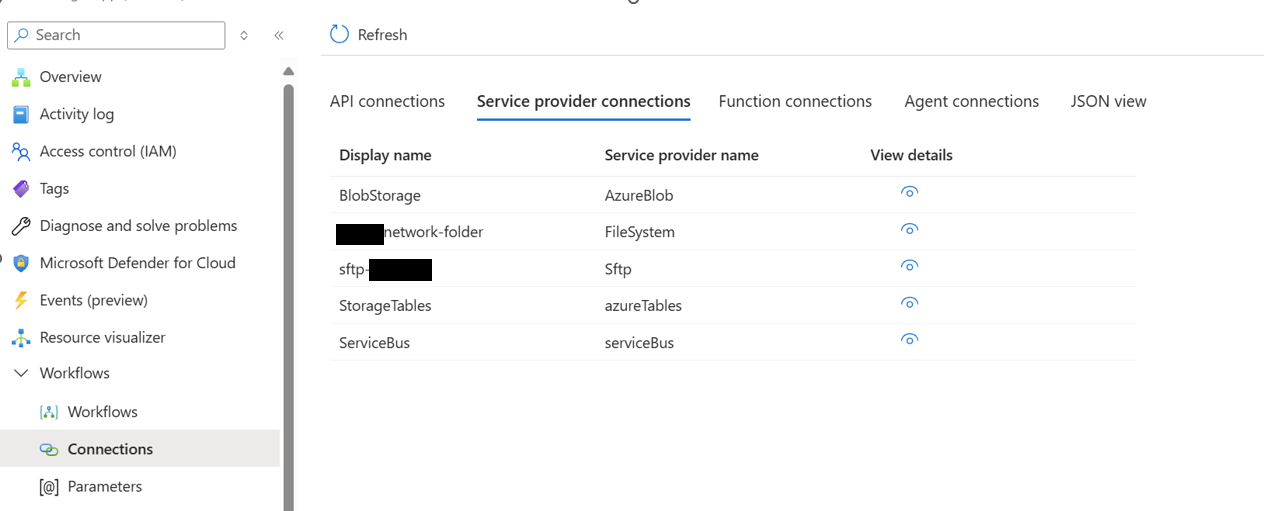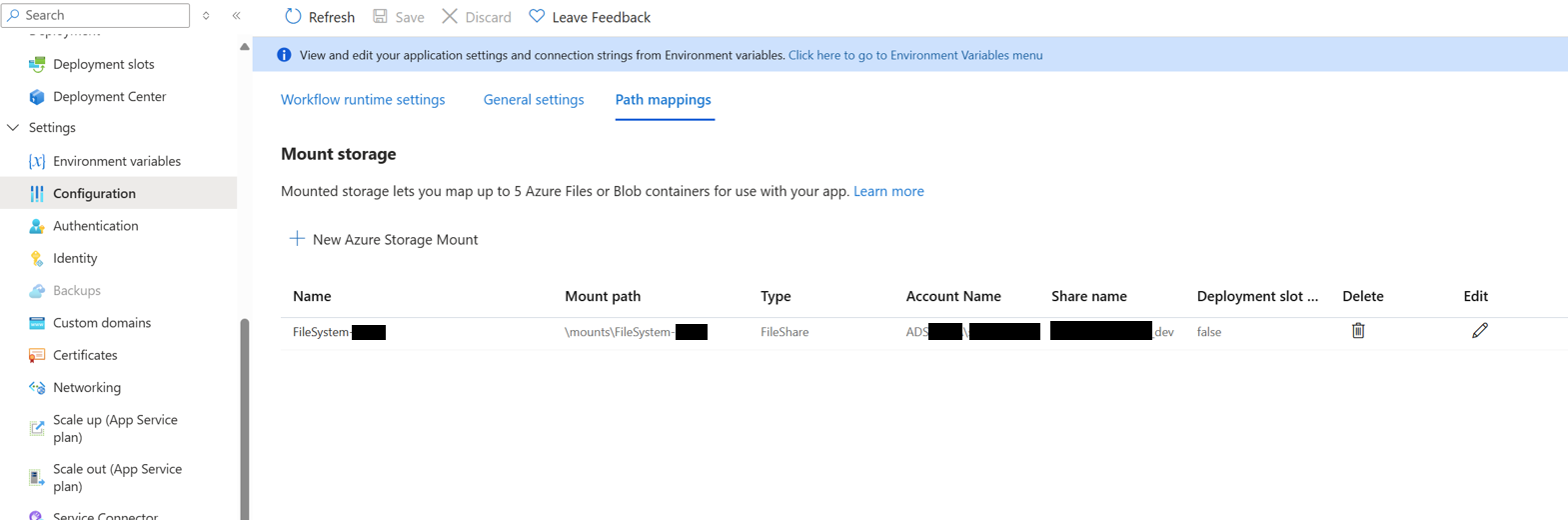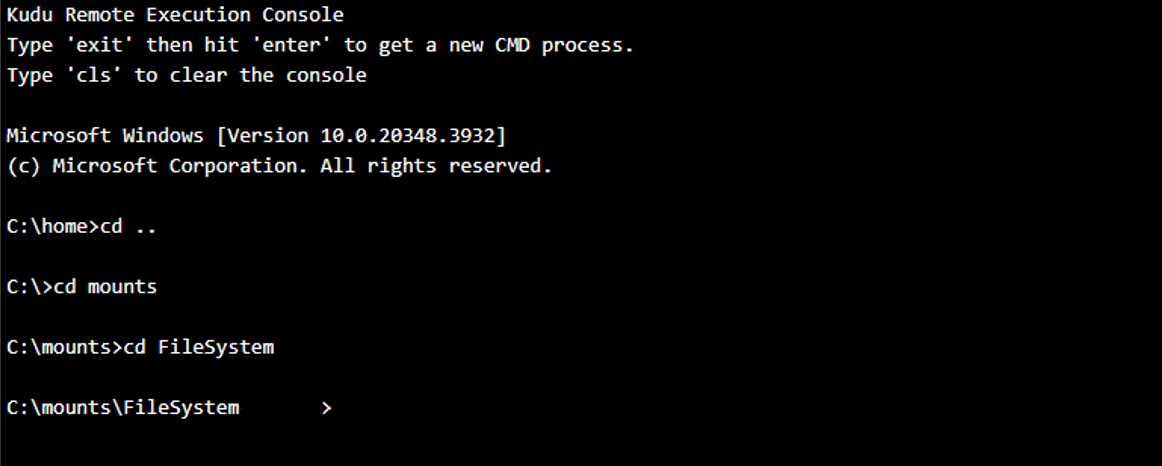Azure Storage Mount is a feature that allows you to attach a local File Share to a Logic App Standard.
This link enables the use of File System operations and connects a Standard Logic App to a file system via the SMB protocol.
Be aware that there are two limitations with this connector:
To deploy this connection, you must create both a storage mount and a FileSystem connection in the Logic App.
You can view the FileSystem connection in the Connections panel.

You can view the storage mount in the Configuration panel.

Here is an example ARM template describing the configuration of a storage mount:
{
"$schema": "https://schema.management.azure.com/schemas/2019-04-01/deploymentTemplate.json#",
"contentVersion": "1.0.0.0",
"parameters": {
"logicAppName": {
"type": "string",
"defaultValue": "my-logicapp-standard"
},
"endpoint": {
"type": "string",
"defaultValue": "full-endpoint-name.example "
},
"shareName": {
"type": "string",
"defaultValue": "rootfolder"
},
"accountName": {
"type": "string",
"defaultValue": "ADM\\user1"
}
},
"variables": {
"backslash": "\\"
},
"resources": [
{
"type": "Microsoft.Web/sites/config",
"name": "[concat(parameters('logicAppName'),'/azureStorageAccounts')]",
"apiVersion": "2021-01-15",
"location": "France Central",
"properties": {
"FileSystem-Example": {
"type": "FileShare",
"accountName": "[parameters('accountName')]",
"endpoint": "[parameters('endpoint')]",
"shareName": "[parameters('shareName')]",
"accessKey": "@AppSettingRef(FileSystem_Example_password)",
"mountPath": "[concat(variables('backslash'),'mounts',variables('backslash'),'FileSystem-Example)]",
"protocol": "Smb"
}
}
}
]
}
In this example, the password is stored in the App Settings of the Logic App Standard. It is also possible to reference it directly from an Azure Key Vault, ensuring secure storage of this secret.
Here is the ARM configuration snippet corresponding to the FileSystem connection, to be added in the connections.json file:
{
"serviceProviderConnections": {
"FileSystem-Example": {
"displayName": "example-network-folder",
"parameterValues": {
"mountPath": "C:\\mounts\\FileSystem-Example"
},
"serviceProvider": {
"id": "/serviceProviders/FileSystem"
}
}
}
}
You can reference an App Setting variable to dynamically define the mount path. For example: )
Once the deployment is complete, you can check that the resources have been created in the Azure Portal, by browsing the different sections of the Standard Logic App shown earlier.
It is also possible to test the connection to the file share directly from the Kudu console associated with the Logic App Standard. This allows you to open a console session (CMD or PowerShell) and browse the directory. You can access the Kudu console from the Advanced Tools menu of the Standard Logic App. Here is an example of commands you can use to explore the local file share through the console:
